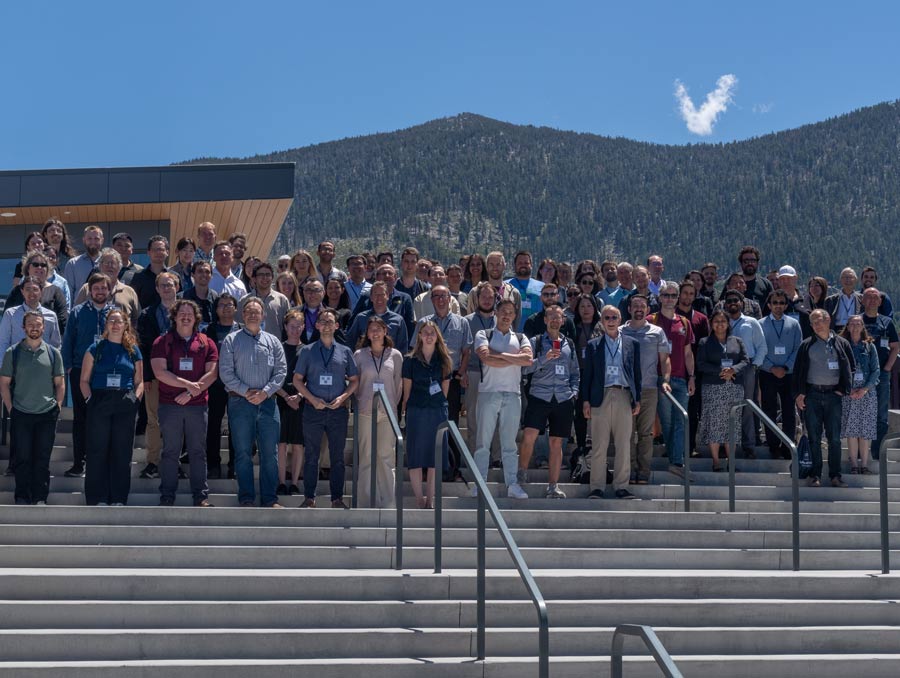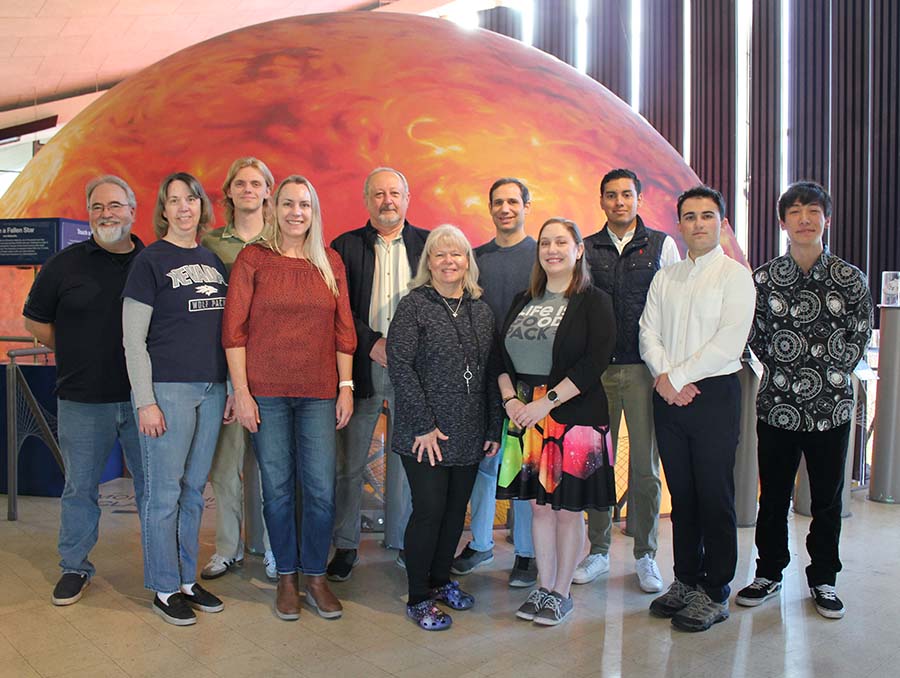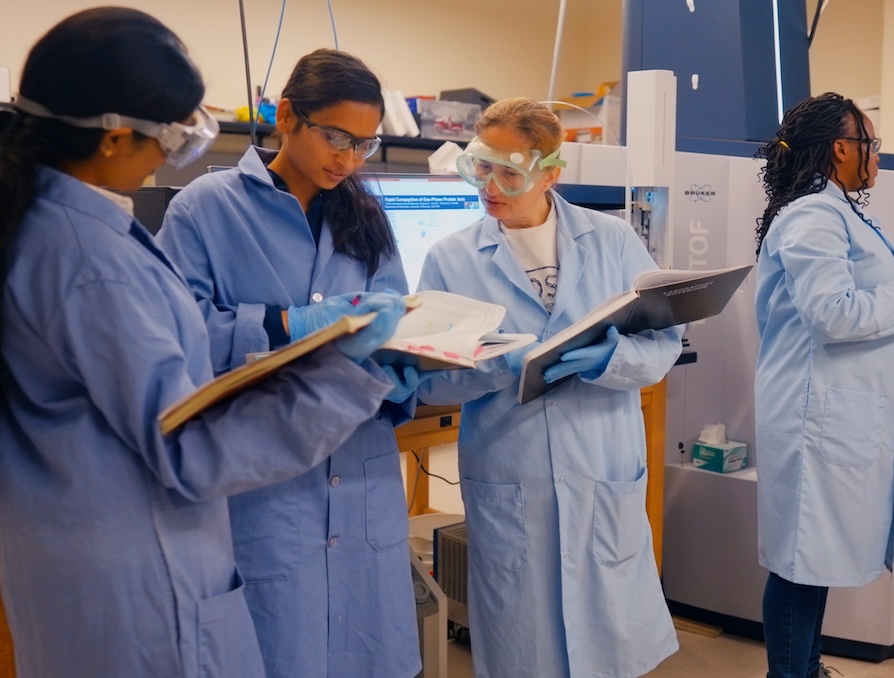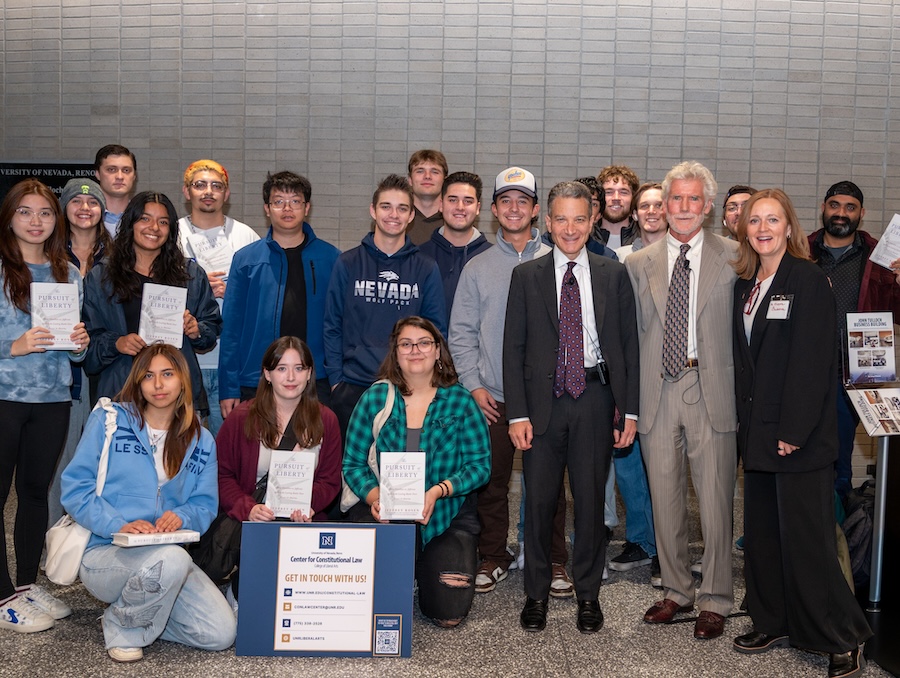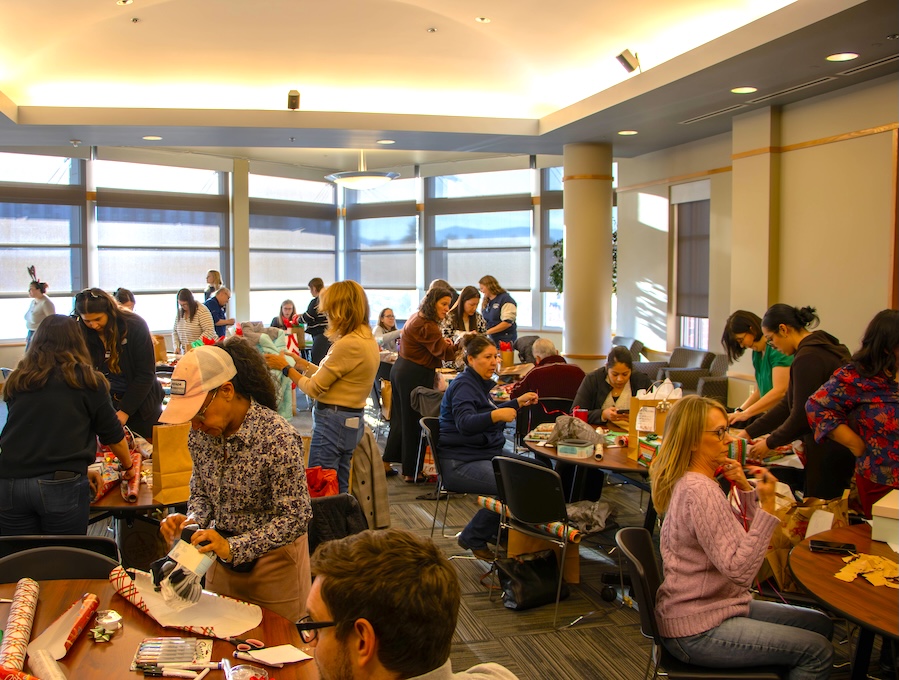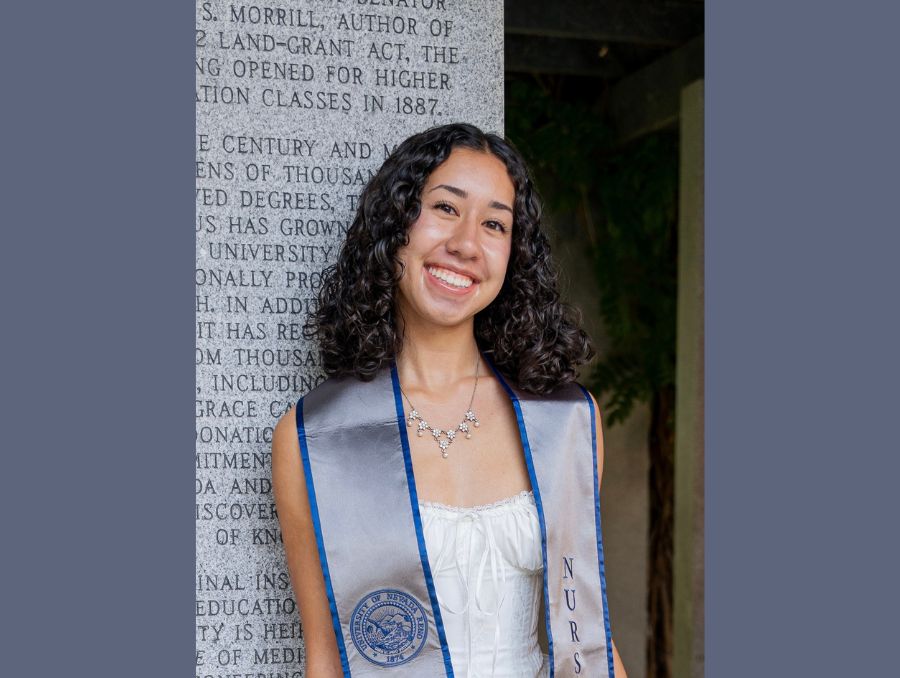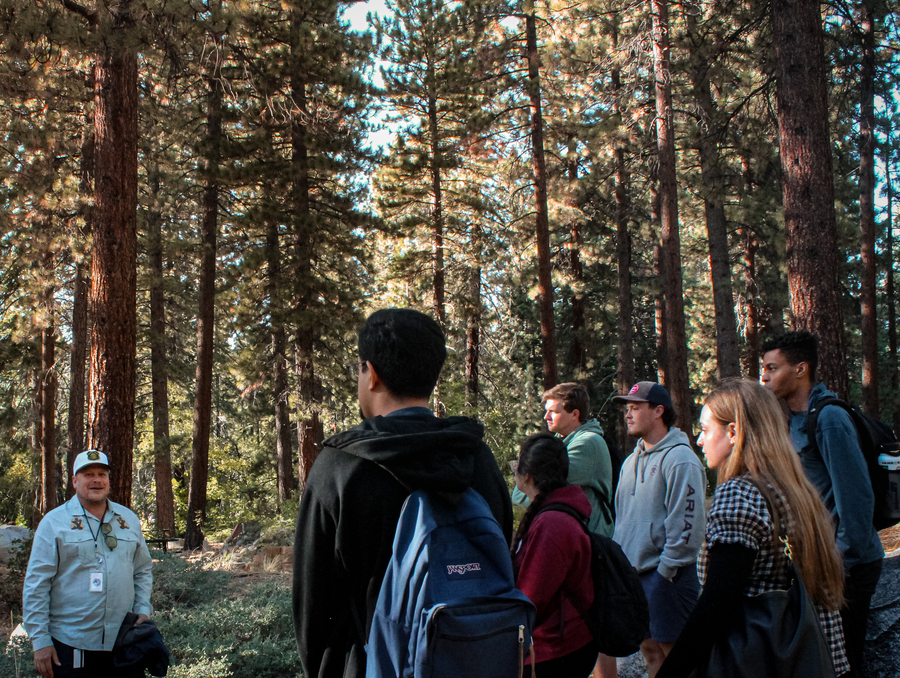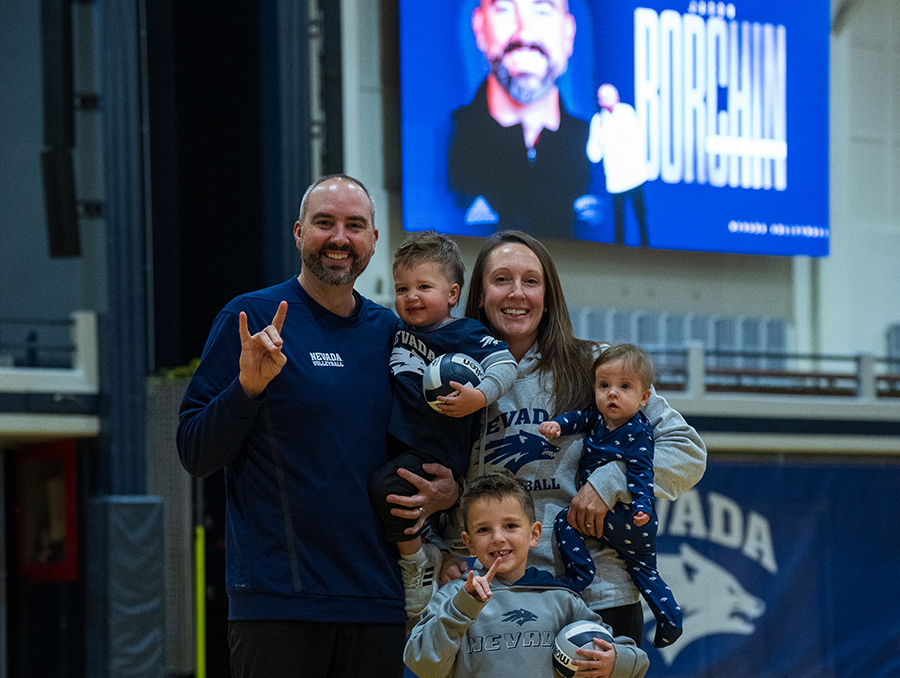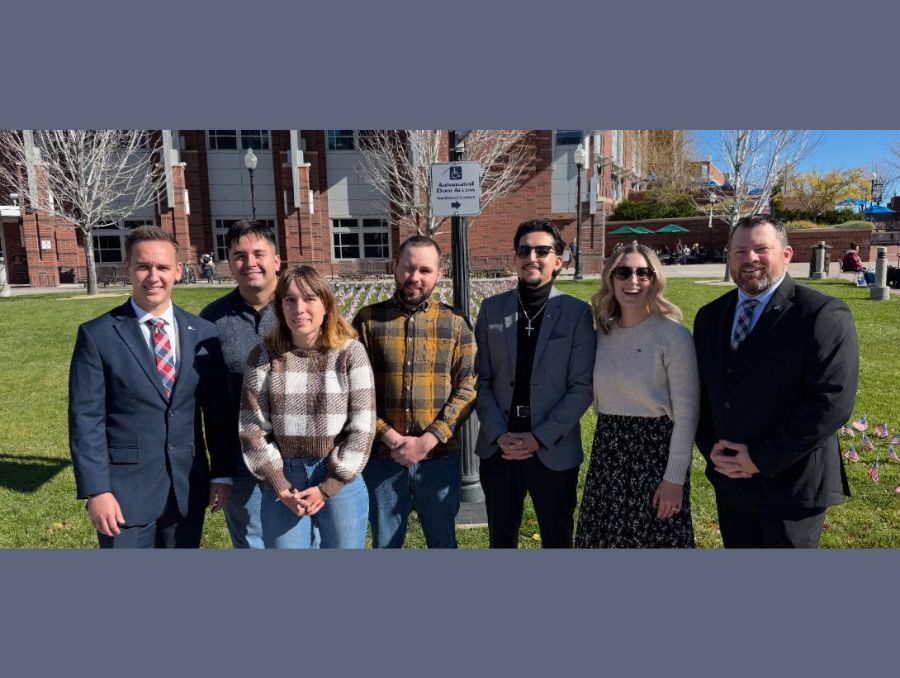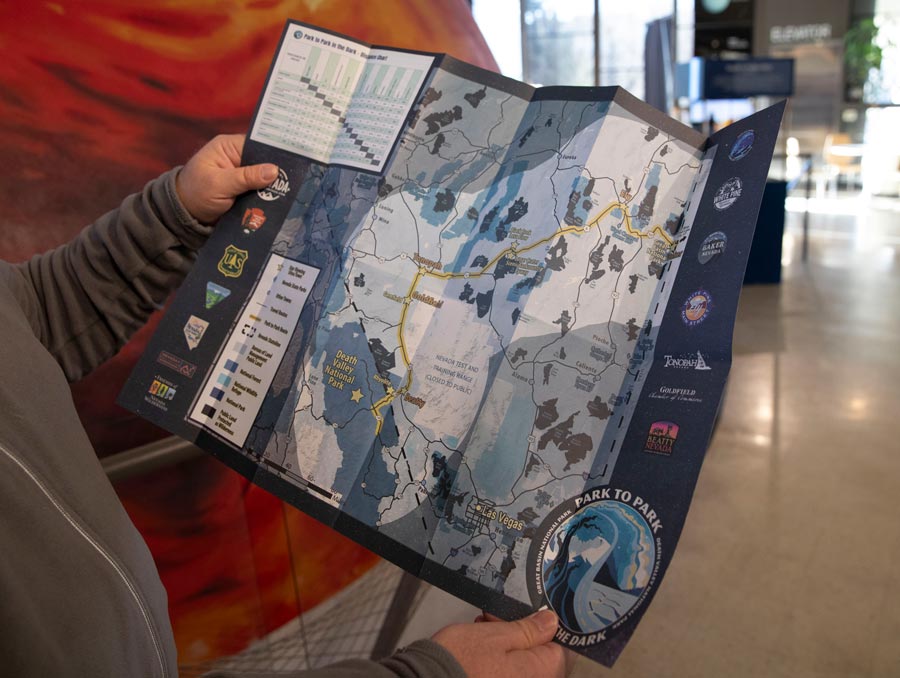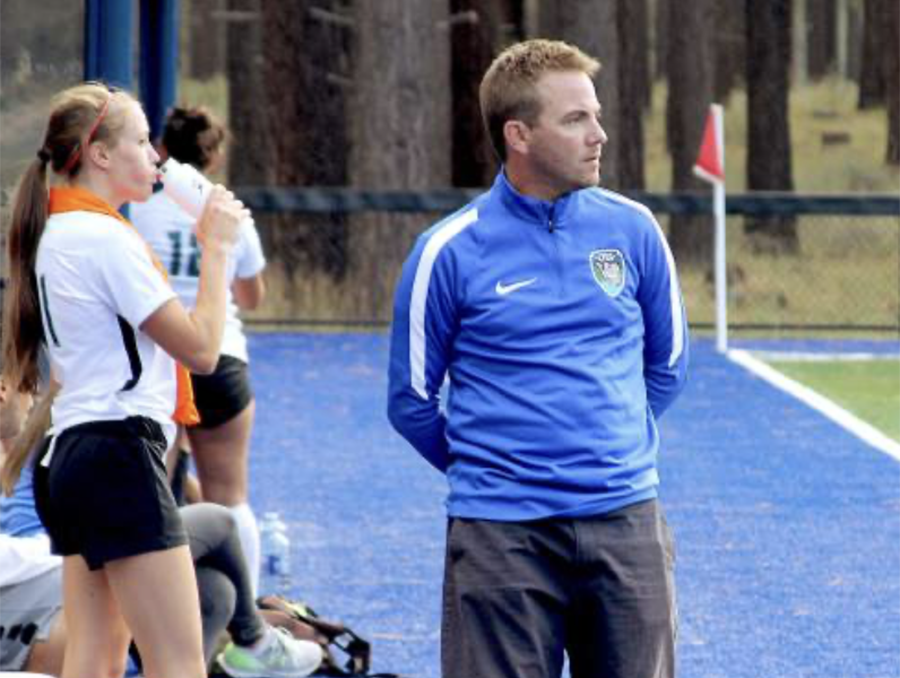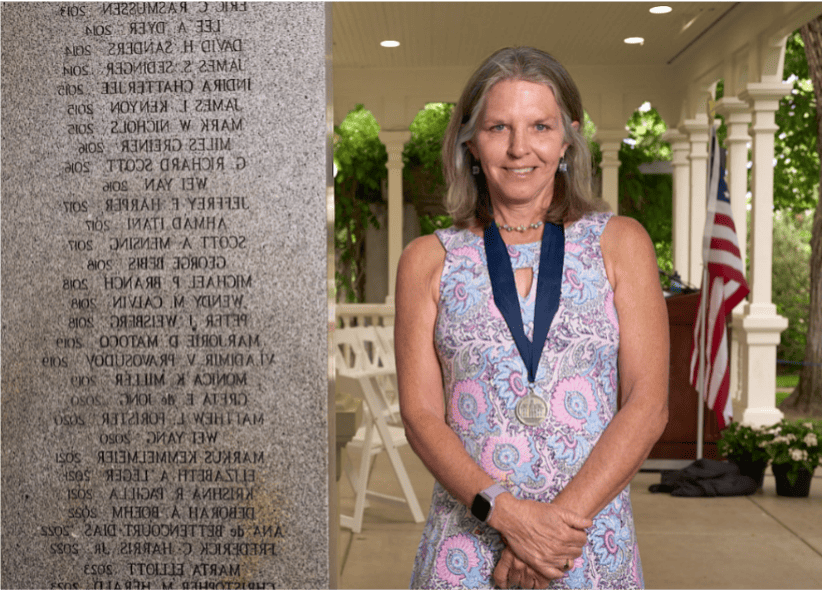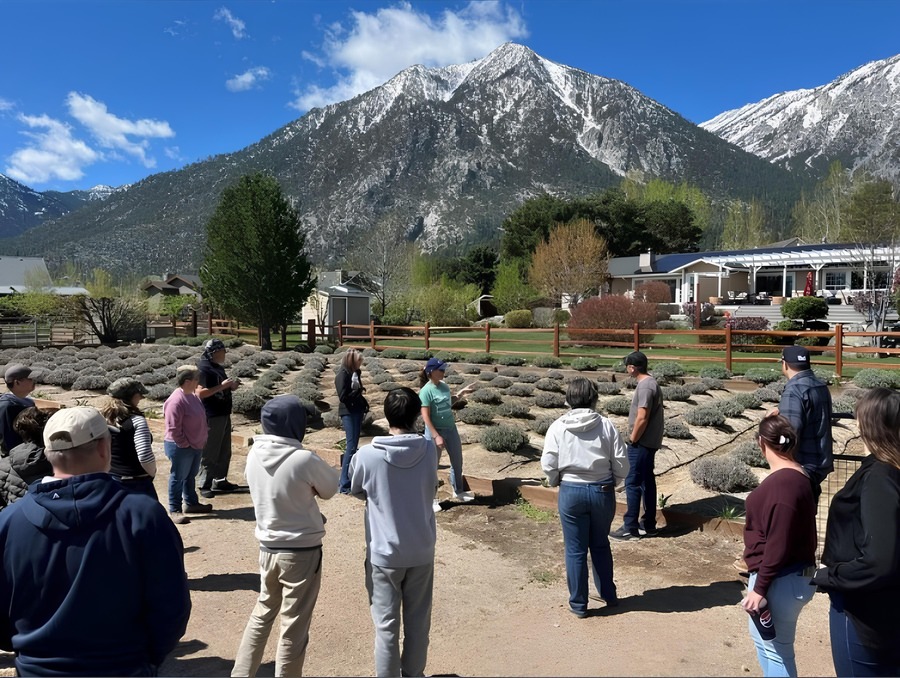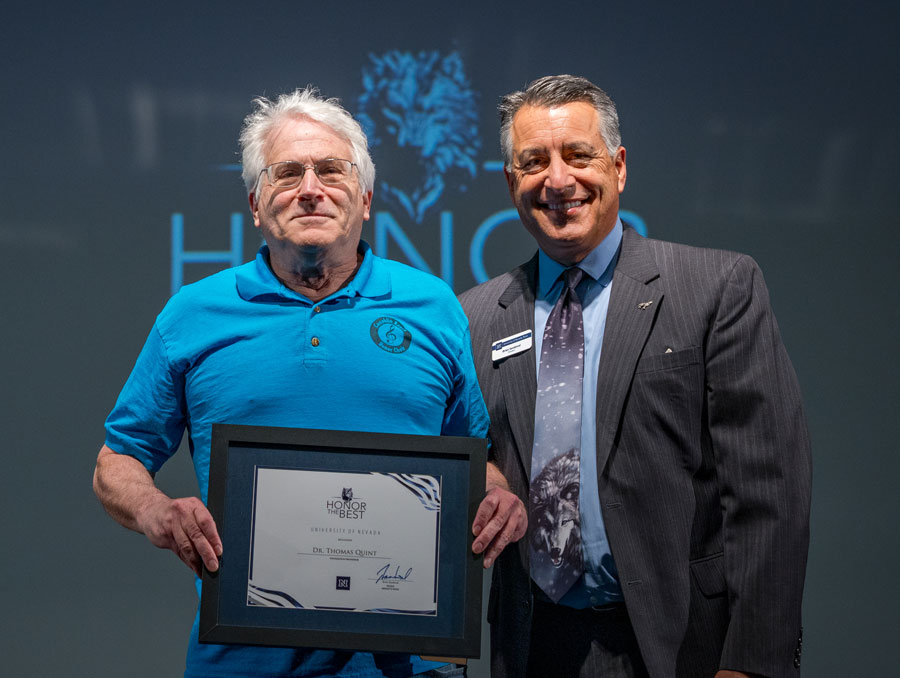The Strongly Coupled Coulomb Systems (SCCS) 2025 international conference convened on Lake Tahoe’s south shore from July 27 to Aug. 1, for six keynotes, 14 invited talks, 35 contributed presentations and 33 posters. Hosted steps from the water at the Tahoe Blue Event Center in Stateline, Nevada, SCCS 2025 showcased the full breadth of research at the intersection of plasma and condensed-matter science while keeping collaboration front and center.
SCCS 2025 was organized by Thomas White, Clemons-Magee endowed professor in physics in the Department of Physics at the University of Nevada, Reno, who chaired the local organizing committee.
“I also want to recognize my graduate and undergraduate students who did much of the on-the-ground heavy lifting and provided indispensable help,” White said.
SCCS is built on crossing boundaries, White said - between theory and experiment, astrophysical and laboratory plasmas, and classical and quantum descriptions. This year’s program reflected that across seven topic areas: dense and astrophysical plasmas; plasmas in condensed matter; confined and mesoscopic Coulomb condensed matter systems; high-energy-density plasmas in the laboratory; classical charged systems; developments in theoretical methods and numerical techniques; and non-equilibrium systems. Sessions were deliberately structured to facilitate idea sharing across fields, prompting lively debate and new collaborations.

“One of the most energizing metrics was our student turnout,” White said.
Of the 92 attendees, 26 were graduate students, 13 were postdocs, and seven were undergraduates. White credits the high level of early-career participation to generous travel scholarships from the National Nuclear Security Administration (NNSA), an investment that broadened access and ensured that the next generation of researchers was well represented throughout the week.
“We are deeply grateful for that support,” White said.
“SCCS 2025 was a heartening success with a friendly atmosphere and a host of new ideas,” David Neilson from the University of Antwerp and chair of the International Advisory Board of the SCCS conference series said. “There were many new faces, and women comprised one third of attendees, which is a big increase we are very excited about. The formal programming and many, many open and constructive discussions that continued late into the night made this conference a thoroughly enjoyable and interesting week.”
White emphasized that institutional partnership was essential.
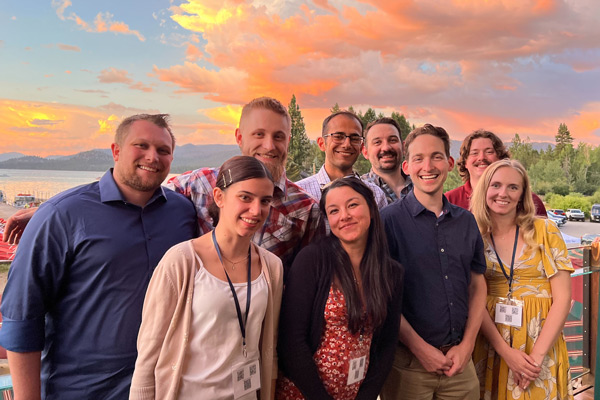
“Our sincere thanks to Lawrence Livermore National Laboratory and Sandia National Laboratories for conference sponsorship, which helped us keep costs down while sustaining a robust, high-caliber program,” White said. ”We were delighted to host representatives from all of the national laboratories in attendance, an important signal that SCCS continues to bridge foundational science with mission-driven research in ways that matter.”
The complete archive of past meetings and topics is available on the SCCS conference series website. White pointed out that browsing the archives is an opportunity to see how the field has evolved - from early theory milestones to today’s precision experiments and large-scale simulations - and how SCCS has helped stitch the threads together over decades.
White extended his appreciation to attendees for their contributions in the form of talks, posters, questions and impromptu discussions. The program and highlights are available on the website.
“SCCS thrives when experts and early career scientists share space, challenge assumptions and build new ideas together - and by that measure, SCCS 2025 delivered,” White said.
